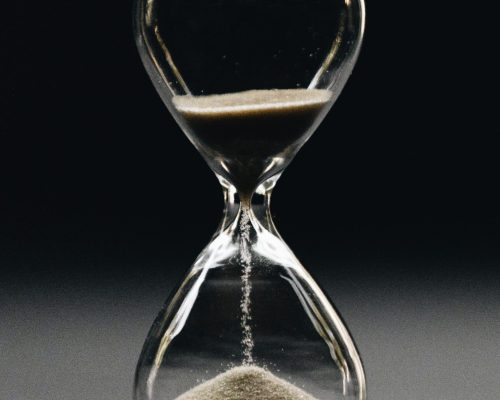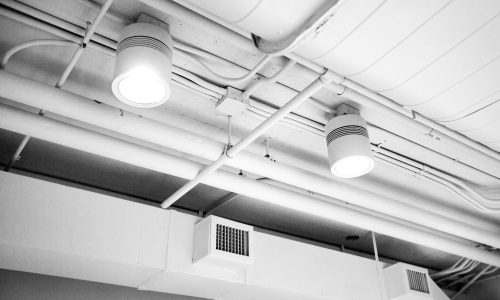During the frigid winter months, gas furnaces are a vital component of many houses, providing warmth and comfort. As with any appliance, it is essential to understand the gas furnace’s lifespan and how long you can expect it to last.
“How long does a natural gas furnace last?” is a common question among homeowners who want to understand the expected lifespan of their heating system. This article will discuss how long does a gas furnace last, the factors that affect its longevity, prevalent indications of wear and tear, and suggestions for extending its life.
How long does a gas furnace last?

It is natural for householders to ponder how long a gas furnace will last, as it is a significant investment. A well-maintained gas furnace can last between 15 and 20 years on average. However, several factors, including maintenance, utilization patterns, and installation quality, can impact the longevity of a gas furnace.
Factors that have an impact on lifespan
After knowing how long does a gas furnace last, it’s natural to wonder what the factors are that affect its lifespan. Let’s take a look.
Installation
Installation plays a crucial role in determining the longevity of a gas furnace. Insufficient airflow, improper ventilation, or electrical issues can result in premature wear and tear if a furnace is improperly installed. It is essential to employ a professional HVAC technician with experience installing gas furnaces to ensure that the job is done correctly.
Maintenance and care
Gas furnaces require routine maintenance to ensure optimal performance and longevity. Annual inspections by a qualified technician can assist in identifying and resolving minor issues before they become significant ones.
Routine maintenance duties consist of cleaning or replacing filters, inspecting the ignition system, lubricating moving parts, and examining the ventilation system. Neglecting furnace maintenance can reduce its efficacy and shorten its lifespan.
Usage patterns
The frequency and duration of furnace use can have an effect on its durability. Consistent use of a gas furnace during the winter months may cause it to degrade more quickly than occasional use. As a result, the lifespan of a furnace in a house situated in a region with severe winters may be reduced. In addition, operating a furnace at a higher temperature for an extended period of time can cause wear and strain.
Common indicators of wear and tear
Despite the fact that the average lifespan of a gas furnace is between 15 and 20 years, it is essential to recognize the indications that your furnace may be nearing its end of life. Common indicators of wear and strain include:
Frequent repairs
If your gas furnace requires frequent maintenance and the costs keep rising, it may be a sign that the system is failing. Components can age or malfunction as a furnace ages, leading to breakdowns and increased repair costs. At some point, it may be more economical to purchase a new furnace than to continue repairing an old one.
Reduced productivity
Gas furnaces tend to lose efficacy as they age. There may be an increase in your heating costs despite consistent consumption. This inefficiency may be the result of worn-out parts or an obsolete design. In the long term, upgrading to a newer, more energy-efficient furnace can result in significant savings on your energy bills.
Inconsistent heating
If you observe erratic heating throughout your home, with some rooms being too hot or too cold, it could be a sign that your furnace is malfunctioning. Aged furnaces may have difficulty consistently distributing heat, resulting in discomfort and possible energy waste. A professional HVAC technician can diagnose the problem and recommend appropriate solutions.
Extending the lifespan
Homeowners often wonder, “How long does a gas furnace usually last?” as they seek to gauge the typical lifespan of their heating system. Although the lifespan of a gas furnace is affected by a number of factors, there are measures that can be taken to increase its durability:
Regular maintenance
Schedule annual maintenance visits with a qualified HVAC technician to maintain the optimal condition of your furnace. This involves cleaning or replacing filters, lubricating moving parts, inspecting electrical components, and examining components for signs of wear and tear. Regular maintenance can prevent minor problems from becoming significant issues and extend the life of your gas furnace.
Clean and clear air ducts and registers

Vents and registers that are obstructed or dirty can restrict ventilation and stress your furnace. Regularly clean and clear these areas of any dust, detritus, or obstructions. This enables for appropriate ventilation and improves the efficiency of your furnace.
Replace filters
The seamless operation of your gas furnace is dependent on having clean filters. Filters that are clogged or unclean restrict ventilation and force your furnace to work harder, which may shorten its lifespan. Follow the manufacturer’s replacement recommendations for filters and replace them frequently, typically every one to three months.
Purchase a programmable thermostat
You can set specific temperature regimens for different times of the day using a programmable thermostat. This regulates the operation of the furnace and reduces unnecessary wear and strain. By configuring lower temperatures when you are away or unconscious, you can save energy and reduce heating costs while extending the life of your gas furnace.
Address issues immediately
If you observe any strange sounds, inconsistent heating, or other potential problems with your gas furnace, you should address them immediately. Ignoring these warning signs can cause further damage to your furnace and shorten its lifespan. Contact a professional HVAC technician for troubleshooting and repairs.
Takeaway
When it comes to gas furnaces, homeowners often inquire about how long does a gas furnace typically last, seeking to understand the average duration of their heating system.
A gas furnace is a valuable investment in the comfort of your home, and its lifespan must be considered for budgeting and planning purposes. The typical lifespan of a gas furnace is 15 to 20 years, but its longevity can be affected by installation quality, maintenance, and usage patterns.
Remember that regular maintenance, including annual inspections by a qualified technician such as Autumn Air, cleaning or replacement of filters, and keeping openings and air registers clear, is essential for optimal performance and durability. In addition, paying attention to signs of wear and tear, such as too frequent servicing, decreased efficiency, and inconsistent heating, can help you determine when you should consider replacing your gas furnace.
If you’re looking for installation or repair advice regarding HVAC systems, consider calling us at (602) 266-5247 or scheduling our service here.













